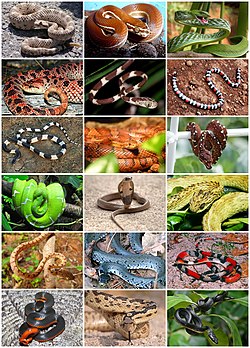Human Skin Colour Distribution 26,000 BC - 1500 AD
- Vaurnheart
- Derived from original: Barsh GS (2003) What Controls Variation in Human Skin Color? PLOS Biology 1(3): e91. https://doi.org/10.1371/journal.pbio.0000091
10,000 BC: With the onset of the Holocene, the climate has become habitable in northern Eurasia, enabling migrations to high latitudes and via the land bridge of Beringia to the Americas.
8,000 BC: The sea levels are slowly rising as the Holocene progresses. High levels of solar radiation in the mid- and low-latitudes of the Americas results in natural selection for greater pigmentation to avoid skin cancer. Meanwhile, in northern Europe the new temperate climate, which has greater cloud cover and thereby less sunlight, in combination with the high latitude, has resulted in the emergence of the palest skin colours (associated with the expression of genes such as SLC24A5 and SLC45A2-F374) - most likely from Scandinavia according to available genetic data. Please note the dating is currently controversial, with estimates from 28,000 BC to 8,000 BC. This adaptation may have been affected by increased cloud cover with the onset of the Holocene in northern Europe, or may instead have an earlier origin in the glacial period.
4,000 BC: The sea levels have become relatively similar to the present by 5000 BC. By the time of the European Neolithic, skin colour distribution in Europe has become similar to the present, though the precise dating for this process is yet to be agreed.
1500 AD: Various migrations have resulted in the settling of many remote islands by this time, such as Madagascar by Indonesians before the 4th century AD and New Zealand by Polynesians in the 12th century. European colonialism is soon to gain momentum.
Additional sources
- Development of paler skin genes SLC24A5 and SLC45A2-F374 from Scandinavia: Günther T, Malmström H, Svensson EM, Omrak A, Sánchez-Quinto F, Kılınç GM, et al. (2018) Population genomics of Mesolithic Scandinavia: Investigating early postglacial migration routes and high-latitude adaptation. PLoS Biol 16(1): e2003703. https://doi.org/10.1371/journal.pbio.2003703
- Convergent development of light skin among Palaeolithic East Asians and the later development of darker skin gene variations of MFSD12 among Native Americans: Kaustubh Adhikari, et al. A GWAS in Latin Americans highlights the convergent evolution of lighter skin pigmentation in Eurasia. Nature Communications, 2019; 10 (1) DOI: 10.1038/s41467-018-08147-0
Relevante Bilder
Relevante Artikel
HautfarbeDie Hautfarbe ist ein körperliches Merkmal, das vor allem durch die Pigmentierung der Haut und die Struktur der Blutgefäße bestimmt wird. Bei einigen Lebewesen, insbesondere bei unbehaarten und unbefiederten, dient die Hautfarbe der Tarnung oder für Signale, etwa als Warnsignal giftiger Tiere oder beim Balzverhalten. .. weiterlesen





